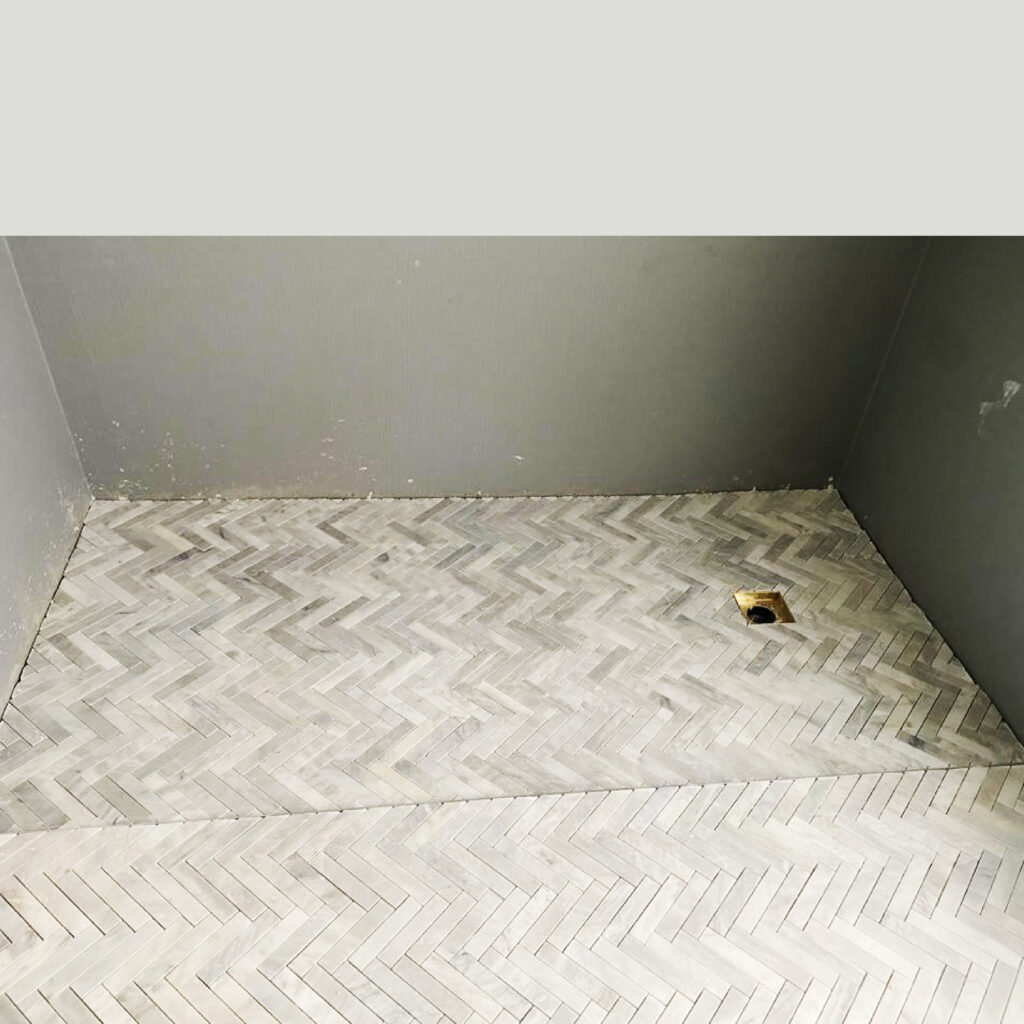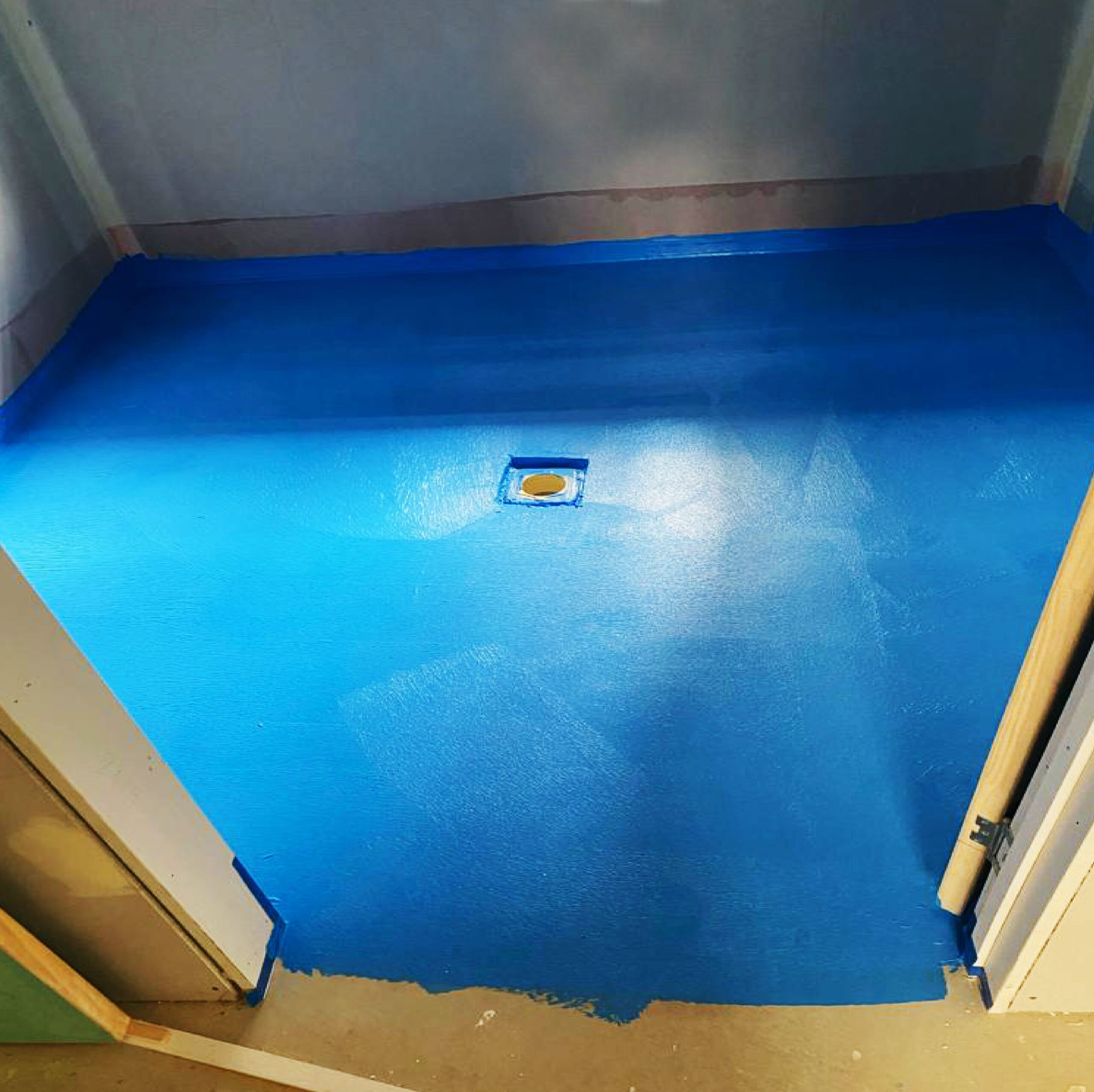Bathroom waterproofing is an essential part of any bathroom renovation or construction project. It protects the structural integrity of your home from water damage, mould, mildew, and other problems that can arise from moisture exposure. However, bathroom waterproofing is not a simple task that you can do without proper planning, preparation, and execution. There are some do’s and don’ts that you need to follow to ensure a successful and long-lasting bathroom waterproofing.
Do’s of Bathroom Waterproofing:
- Do use waterproof building materials for your bathroom walls, floors, and fixtures. Choose materials that are inorganic, such as stone, metal, ceramic, or porcelain, as they are less likely to absorb moisture and harbour mould. Avoid materials that are organic, such as wood, bamboo, paper, or jute, as they can decay and rot when exposed to water.
- Do hire a professional plumber to do the plumbing work for your bathroom. Plumbing is a critical aspect of bathroom waterproofing, as any leak or mistake can lead to serious water damage and costly repairs. A professional plumber can ensure that the pipes, fittings, valves, and drains are installed correctly and securely.
- Do ensure easy access to the plumbing system for future maintenance and repairs. You don’t want to have to tear down your walls or floors to fix a plumbing issue. Make sure that you have access panels or removable tiles that allow you to reach the plumbing components without damaging the waterproofing membrane.
- Do install an exhaust fan in your bathroom to remove excess moisture and humidity. An exhaust fan can help prevent condensation, mould growth, and odour problems in your bathroom. It can also improve the air quality and ventilation in your bathroom.
- Do seal all cracks and holes in your bathroom walls and floors with a suitable sealant. Cracks and holes can allow water to seep into the substrate and compromise the waterproofing layer. Use a sealant that is compatible with the material and the waterproofing membrane that you are using.
- Do apply waterproofing chemicals on the floor and walls of your bathroom before tiling or finishing them. Waterproofing chemicals are liquid or paste products that form a protective layer over the surface and prevent water penetration. They can be applied with a brush, roller, or spray gun. Some common types of waterproofing chemicals are acrylic polymer, cementitious coating, bituminous coating, and liquid membrane.

Don’ts of Bathroom Waterproofing:
- Don’t skimp on the quality or quantity of the waterproofing products that you use. Cheap or low-quality products may not provide adequate protection or durability for your bathroom. You may end up spending more money on repairs or replacements in the long run. Likewise, don’t apply too little or too much of the waterproofing products, as this can affect their performance and effectiveness. Follow the manufacturer’s instructions and recommendations for the best results.
- Don’t ignore the Australian standards and regulations for bathroom waterproofing. The Building Code of Australia and the Australian Standards specify the minimum requirements for waterproofing wet areas in residential buildings. These include the areas that need to be waterproofed, the height and width of the waterproofing membrane, the type and quality of the waterproofing products, and the qualifications of the waterproofing applicator. Failing to comply with these standards and regulations can result in legal issues, insurance claims, warranty voids, and safety hazards.
- Don’t forget to test the waterproofing system before covering it with tiles or finishes. Testing is an important step to ensure that there are no leaks or defects in the waterproofing membrane. You can use a water test or an electronic test to check for any problems. If you find any issues, fix them before proceeding with the tiling or finishing work.
- Don’t neglect the maintenance of your bathroom waterproofing system. Even if you have done everything right during the installation process, your bathroom waterproofing system may still deteriorate over time due to wear and tear, ageing, or environmental factors. You need to inspect your bathroom regularly for any signs of water damage, such as stains, cracks, peeling paint, mould growth, or musty smell. If you notice any problems, contact a professional waterproofing contractor to assess and repair them as soon as possible.
Bathroom waterproofing is a vital part of ensuring a functional and beautiful bathroom for your home. By following these do’s and don’ts of bathroom waterproofing, you can avoid common mistakes and achieve a successful and long-lasting result.
If you need professional help with your bathroom waterproofing project, contact Raaz Contractors today. We are a licensed and experienced waterproofing contractor that offers high-quality services at affordable prices. Our company can handle any type of bathroom waterproofing project, from small repairs to large renovations. We use only premium products and materials that meet the Australian standards and regulations. Contact us today for a free quote and consultation.




